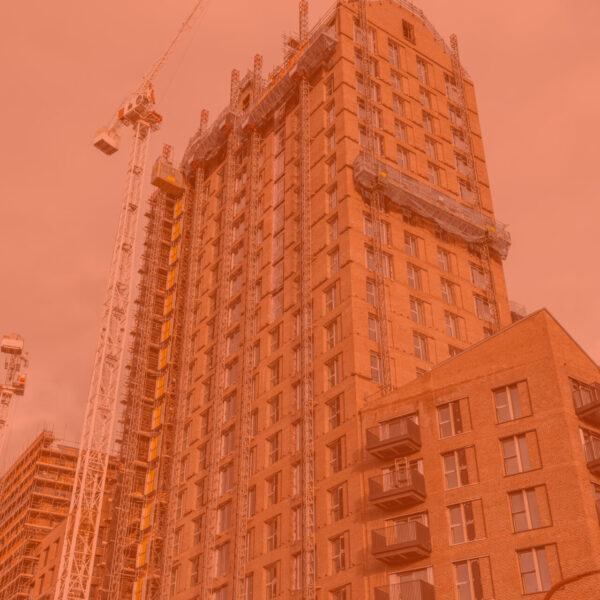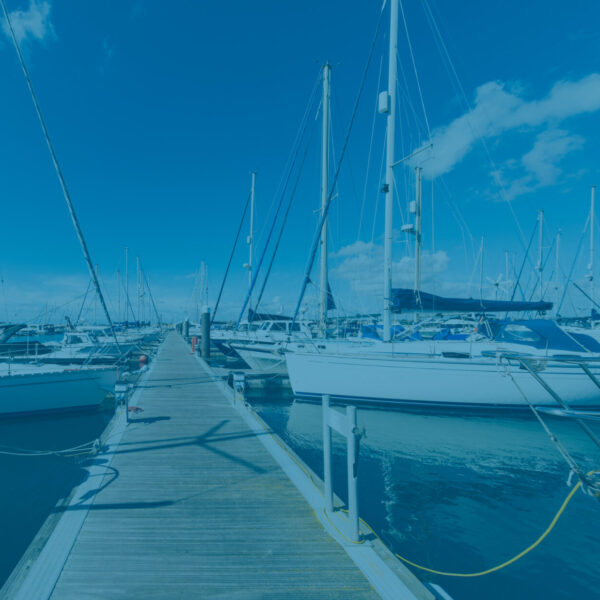
How to fix your Slippery Steps
Whether the building you are responsible for is a private residence or open to the public, if you have steps outside they could get slippery in wet or icy weather. Some surfaces are more prone to becoming slippery – steel chequer plate, wood, worn stone or crumbling brick or concrete can all increase the risk of slips, trips and falls with subsequent injuries leading to pain, discomfort and time off work. Unless you are in a position to completely replace dangerous steps, a GRP retro-fitted solution is a quick and easy alternative.



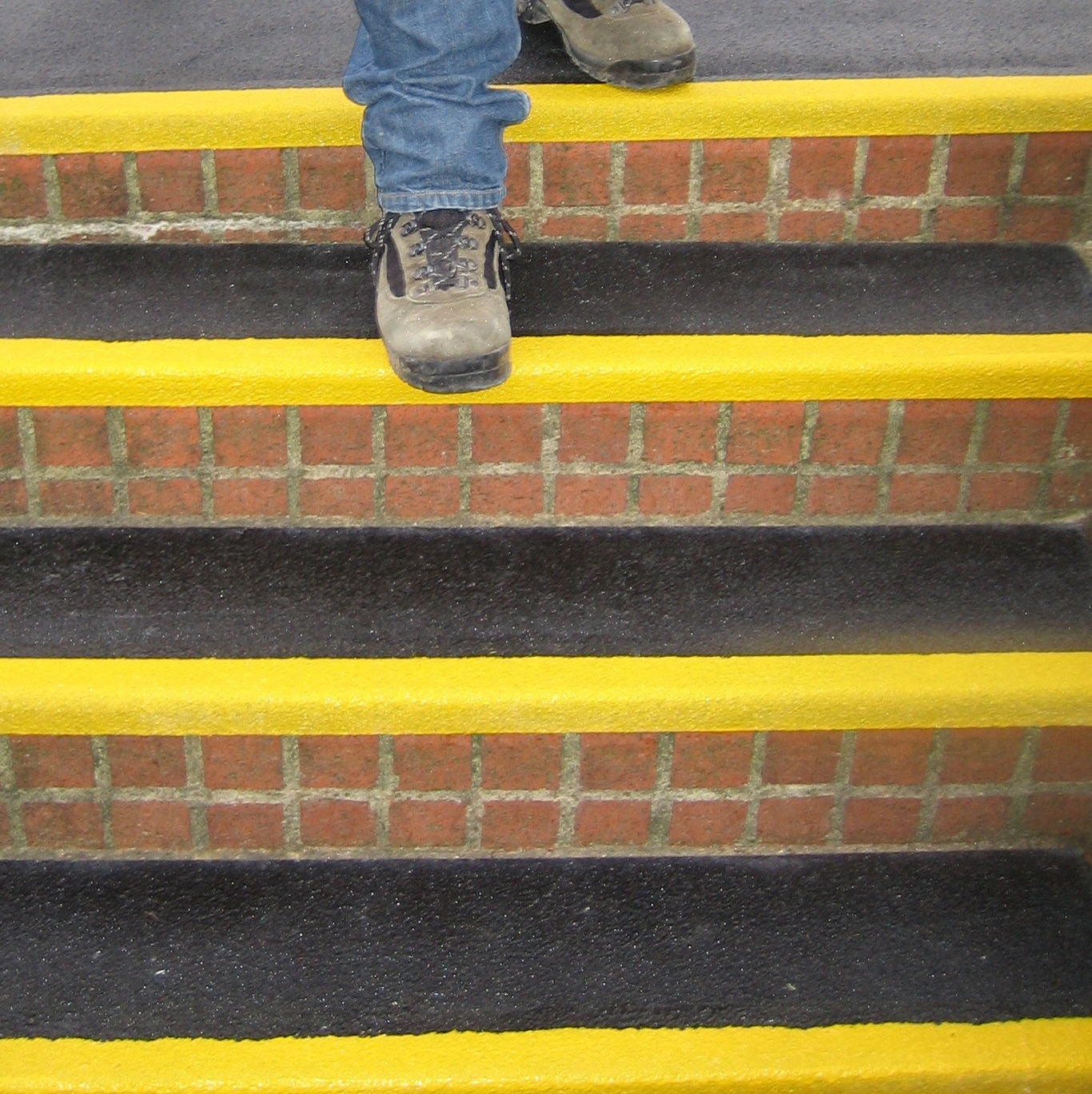
We compare the QuartzGrip non-slip options available from Step on Safety.

Anti-Slip Grip Strips
The least expensive option, GRP Decking Strips are for more than just decking; they can be added to any step or walkway to help add traction.
PROS
- Economical
- Lightweight and easy to cut to fit
- Quick and easy to install with minimal drilling
- Supplied complete with screws
- Choice of colours allowing you to match or contrast with the step surface
- Ideal for steps with bullnose edging
- Neat and discreet
CONS
- Only cover a small part of the step
- Slightly raised strip could present a trip hazard
- Can only be seen when descending the stairs so so may not help meet the Equalities Act requirements
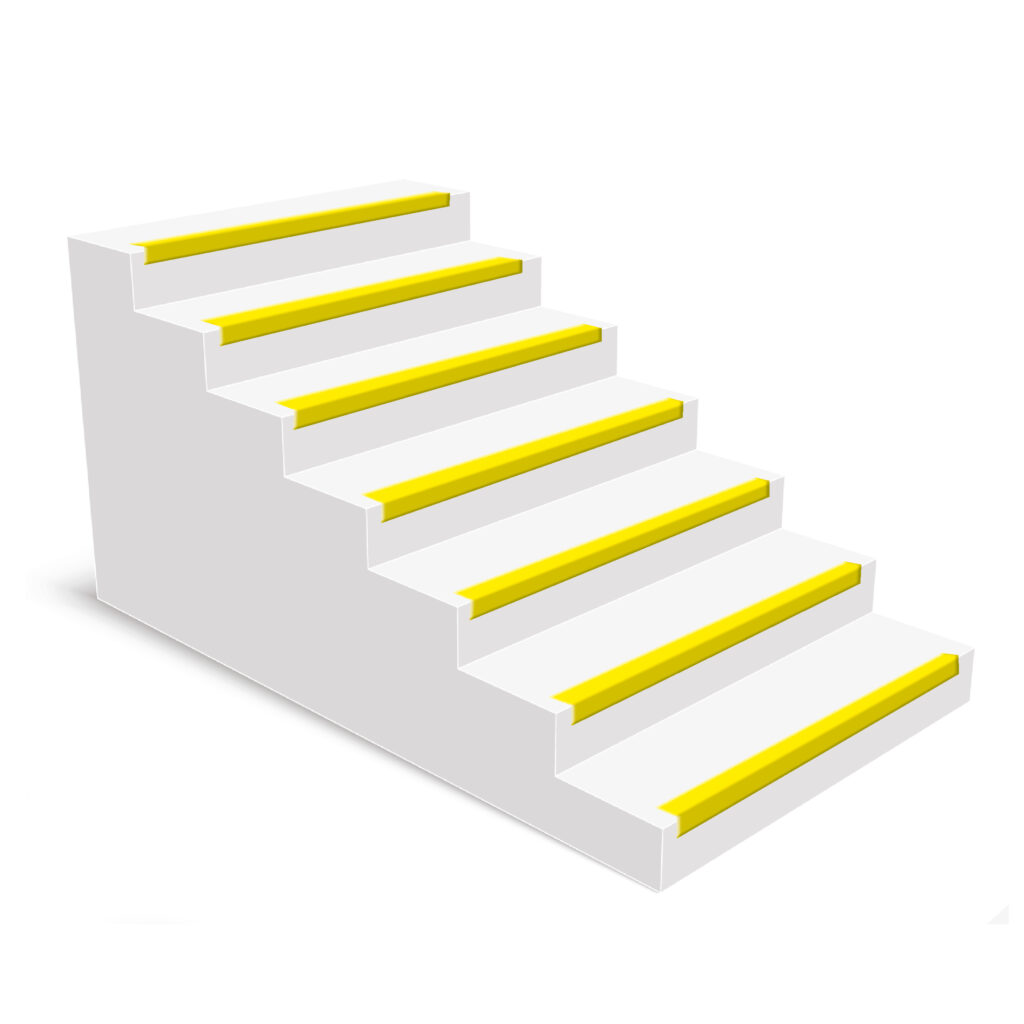
Anti-Slip Stair Nosing
The next level treatment is to add GRP non slip stair edging to your steps.
PROS
- Quick and easy to install with minimal drilling
- Choice of colours allowing you to match or contrast with the step surface
- Covers worn or crumbling step edges
- Can be seen going up or down the steps so can help meet Equalities Act 2010 by making the stair edges easily visible
CONS
- Only cover a small part of the step
- Slightly raised top edge could potentially present a trip hazard
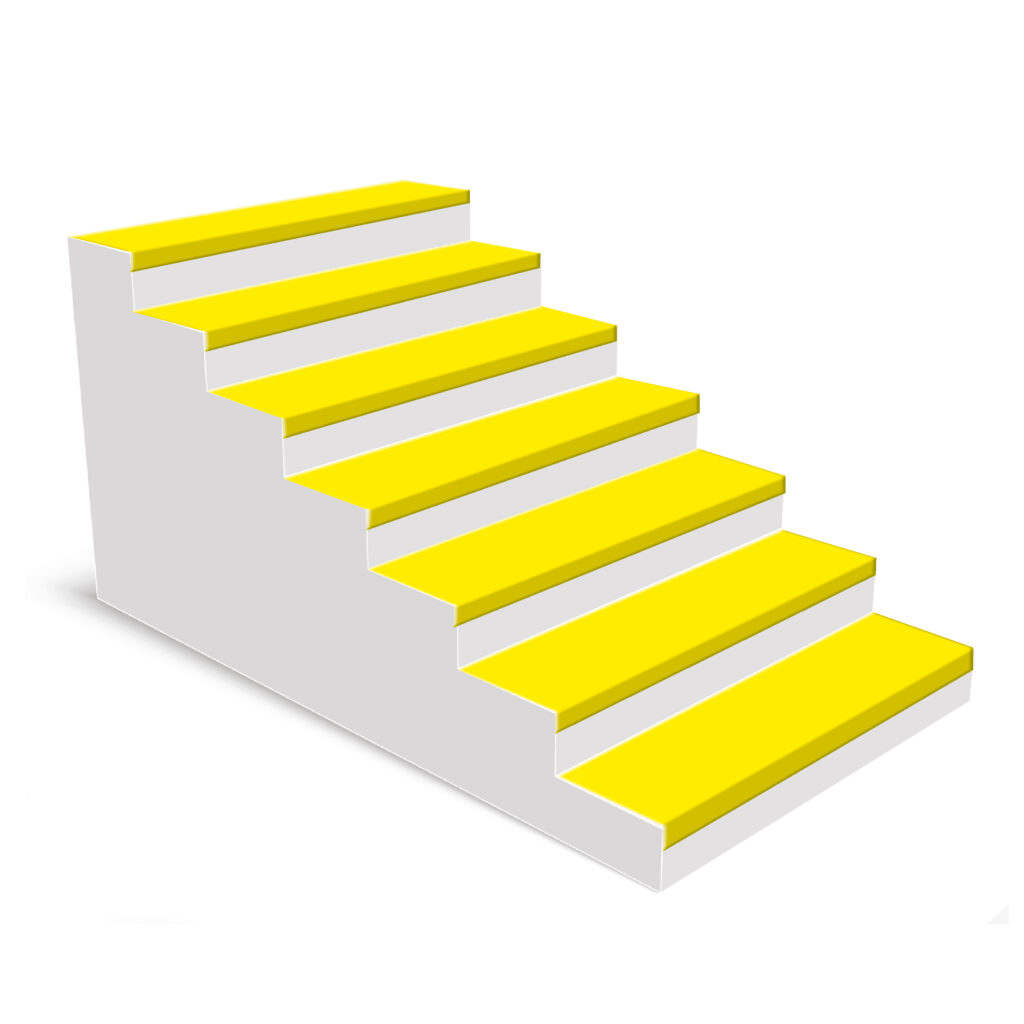
Anti-Slip Stair Tread Covers
The most comprehensive solution is an FRP stair tread cover that covers the entire step and incorporates stair nosing.
PROS
- Covers the entire step with no potential trip hazard
- Choice of colours allowing you to match the step material
- High vis option with a black cover and yellow nosing
- Covers worn or crumbling steps
- Can be seen going up or down the steps so can help meet Equalities Act 2010 by making the stair edges easily visible
CONS
- A more expensive option
- Not as aesthetically pleasing
- Heavier to handle
- Harder to fit around uneven walls and handrail fittings
Whichever option you go for, it’s important not to overlook the fundamentals. Sturdy handrails on BOTH sides of the staircase and adequate lighting are key to keeping outside steps safe. Keeping them swept clear of dirt and debris such as fallen leaves, mud or grease will also help. And none of the non-skid solutions will work if they haven’t been installed correctly using the right glue and fixings suitable for the step surface. If you’d like help, advice or samples please get in touch.

